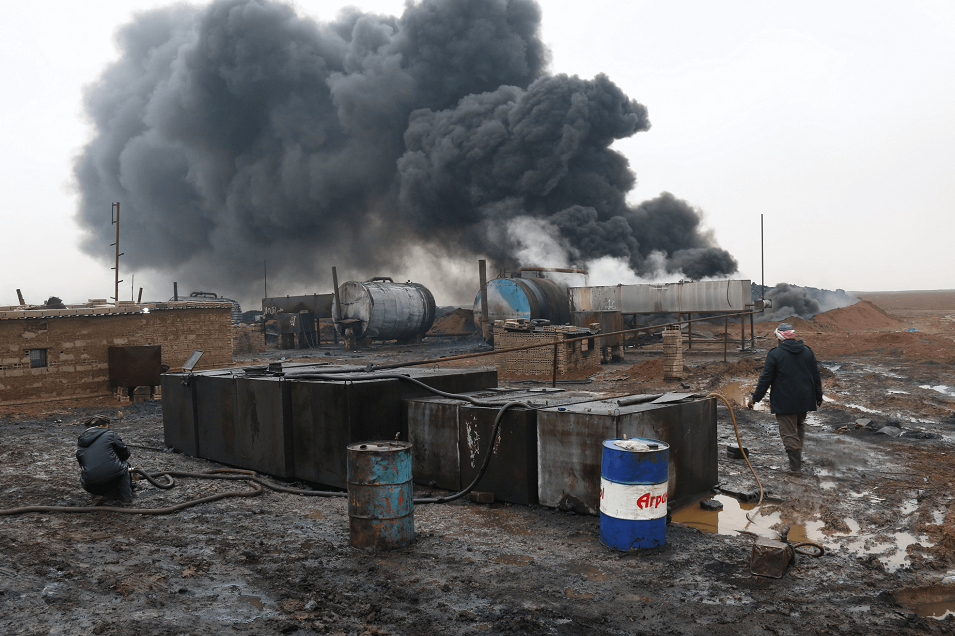This joint PAX - Planetary Security Initiative briefing note is written in March 2020.
The environmental impact of wars, armed conflicts and military activities poses significant challenges to lives and livelihoods of affected communities and the natural resources they depend on. The images of thick columns of smoke released from 600 burning oil wells set on fire by the retreating Iraqi army during the 1991 Gulf War catalysed action on conflict and the environment. In 2001, the UN General Assembly declared November 6 International Day for Preventing the Exploitation of the Environment in War and Armed Conflict (Resolution A/56/4).

Political processes and humanitarian initiatives to prevent and mitigate immediate and long term conflict-inflicted damage to the environment continue. Widespread access to the internet, increased use of satellite imagery and documentation through social media and mobile phones are just one of the means and methods to monitor conflicts and resulting environmental impacts. Increase in access and use of these technologies provide direct knowledge of a range of environmental disasters unfolding in war zones.
From oil fires in Iraq, to toxic waste flooding from mines in Ukraine to large scale deforestation in Colombia, concerns are growing about the linkages between environment, peace and security. And this issue requires a more coherent approach. With this in mind, the Governments of Kuwait and Germany hosted an Arria-formula meeting in the UN Security Council on November 7, 2018.
In the context of current conflicts on the Council’s agenda, environmental issues were recently raised in the UNSC in relation to the threat of an environmental disaster by the floating oil storage terminal, SAFER FSO, off the coast of Yemen, as well as around the environmental impacts of peacekeeping operations, and the role of natural resources in conflict prevention.
With recent international legal and policy developments taking place in the International Law Commission’s (ILC) work on Protection of the Environment in Armed Conflict (PERAC), various UN Environmental Assembly (UNEA) resolution’s on conflict and environment, the International Committee of the Red Cross’ (ICRC) announcement to soon release its updated Military Guidelines on protection of the environment in armed conflict, there is clearly movement and an appetite for action. Yet an avenue to build a framework for solutions, resolutions binding all the different elements of this complex nexus together is still missing. Could there be room for more action in the UN Security Council? And what should such an approach look like?
With this in mind, the Governments of Kuwait, Germany, Peru and Estonia joined forces and with support of PAX and United Nations Environment Programme (UNEP) organized a second, in-depth exploration of this theme. The objective of the December 2019 meeting was to:
"Address the interlinkages between the environment and armed conflict, building from the initial discussions on the PERAC agenda and delving more deeply into current needs for language and cooperation in response to previous and ongoing degradation of the environment caused by armed forces in conflicts on the Council’s agenda."
An overview and analysis of statements made during the UNSC discussion explores avenues to build a robust international policy framework on environment, peace and security.
Read the full briefing note here.
Photocredit: Wim Zwijnenburg



